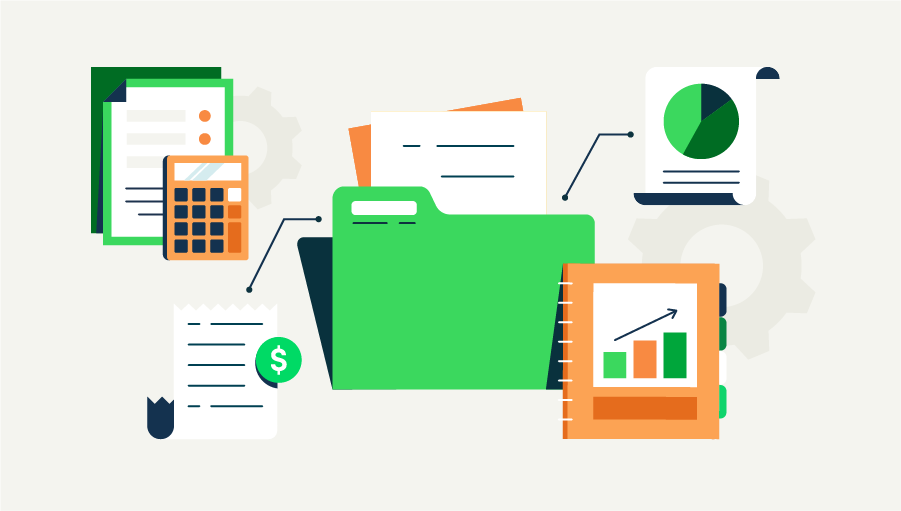Positive cash flow keeps your business moving; it means you have enough liquid cash to cover your liabilities. Cash flow becomes negative when a company’s outflow exceeds its cash inflow. While global or local economic events like inflation or natural disasters can be a factor, cash flow problems often stem from inefficiencies inside the business.
According to a 2025 QuickBooks survey, 43 % of small businesses consider cash flow a problem—and 74 % say it has worsened or stayed the same over the last year. Examples of this include poor financial management, too much debt, incomplete accounting, or growing too quickly without enough working capital.
Jump to:
- Lack of cash reserves
- Expensive borrowing
- Decreasing sales or profit margins
- Outstanding receivables
- Uncontrolled business growth
- Too much inventory or seasonal changes in demand
- Inaccurate forecasting or bookkeeping practice
- Other cash flow solutions
- Choose the best payment setup for your business
Planning for cash flow problems can empower you to cushion—or even avoid—financial blows to your business. Let’s look at some common cash flow issues and how cash flow management and sound accounting practices can help you manage your money:


















